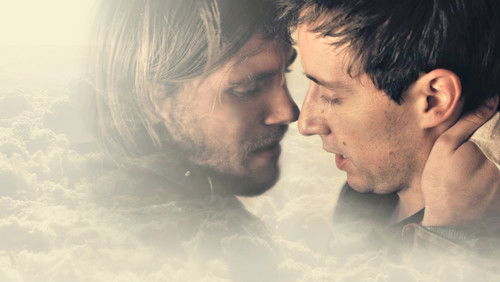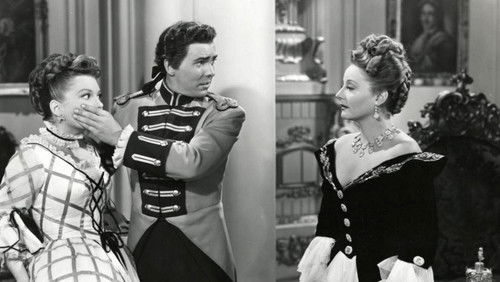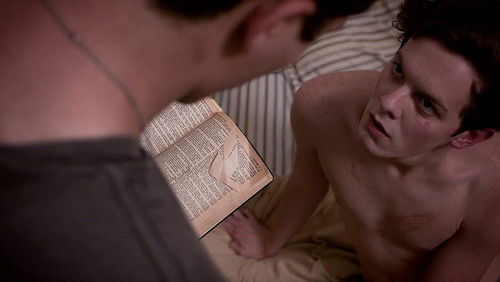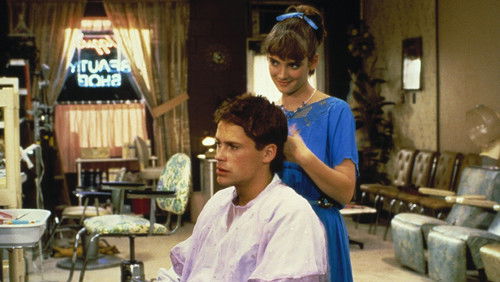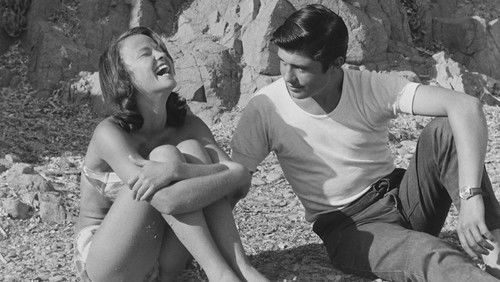The Emperor in August (2015)
12KThe Emperor in August: Directed by Masato Harada. With Kôji Yakusho, Masahiro Motoki, Tsutomu Yamazaki, Shin’ichi Tsutsumi. The War ended on August 15th, 1945. What took place in Japan on the previous night? The unknown destiny of the day is unveiled.
“Viewed at CineMatsuri 2016. Japanu0026#39;s unconditional surrender brought an end to WWII, but not an end to Japan. Despite the nuclear destruction of Nagasaki and Hiroshima as well as considerable damage to other major cities, itu0026#39;s people were not exterminated. But it may have been a close call! Director Masato Haradau0026#39;s screenplay takes the well-known outcome of a major historical event and injects the real and starling possibility that things might have turned out quite differently. It is based not on speculation, but, apparently, on recent research including information contained in documents that surfaced relatively recently. Haradau0026#39;s dynamic depiction of the actions by Japanu0026#39;s governing elite in the hours before surrender is sobering and, frankly, scary. It is unclear who has (or might seize) the authority to lead the nation (authority seems to oscillate between the Emperor, his civilian ministers, the military departments, and combination thereof) in the midst of a nascent mutiny by junior military officers with a rallying cry of: u0026quot;Japan has 100 million kamikaze fighters.u0026quot; If this do-or-die hysteria had gained more traction, Japan may have been annihilated (with itu0026#39;s civilization joining the dinosaurs). Acting (by veteran actors you may have seen in other recent films) is excellent with just the right level of melodrama or underplaying of scenes given the situation. Cinematography (wide screen, color), lighting, effects, set decoration, editing, and scene continuity are top-of-the-line. Sound-field creation and recording are state of the art. The high-energy score (played by a large, symphonic orchestra) exhibits compositional depth with many themes and variations thereon. Often it injects major enhancements to the drama depicted on screen. There are simply too many moving parts portrayed in the movie. It is obvious that Harada wanted to include most/all of the principals and significant military units now known to be involved. But this can be pretty confusing to viewers who are not hard-core history buffs and, hence, have little (if any) idea of who were key members of Japanu0026#39;s ruling elite at the time (aside from the Emperor) and how they ran their government. Role clarifications as to why were certain actions taken (or not taken) and their significance are especially needed for some of the Emperoru0026#39;s ministry heads and leaders of various military departments/units at home and abroad. (Perhaps a brief introductory overview/road-map before the film gets underway might do the trick?) It is surprising to see the mode of transportation used by grimly-fanatic and fully-armed officer-leaders of the mutiny to tool around Tokyo (or what was left of it) at night—bicycles! A juxtaposition that seems to be telegraphing the eventual outcome of the mutiny. The on-screen flash rate of dialog subtitles can be a bit short at times. This is contemporary Japanese movie making at its finest. Not to be missed. WILLIAM FLANIGAN, PhD.”
